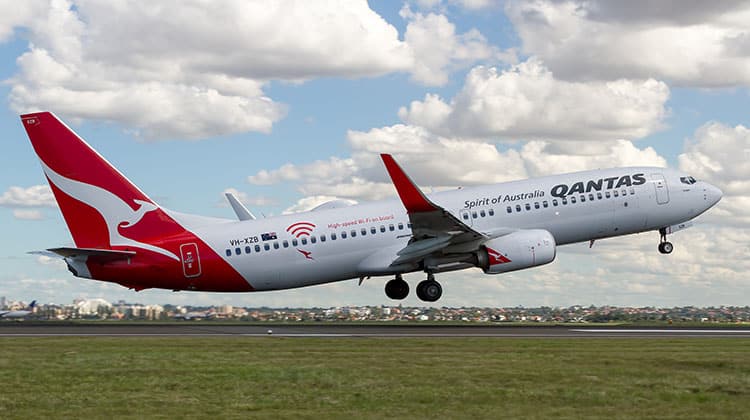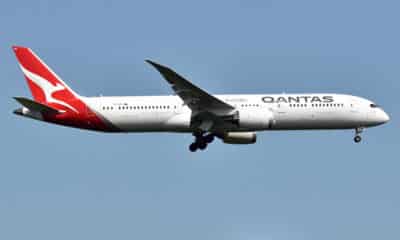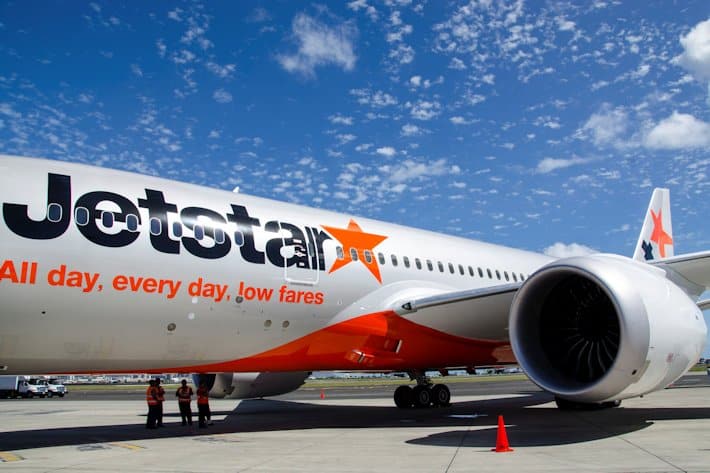Airlines
Jetstar Unwraps Its New A321LR Before Christmas
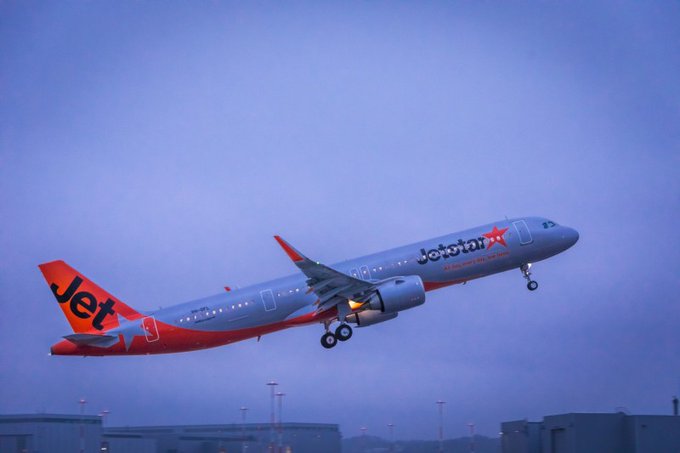
In order to increase capacity and operational resilience in advance of the busiest holiday season, Jetstar Airways has taken possession of a second Airbus A321neo LR.
The state-of-the-art aircraft arrived in Melbourne from the Airbus manufacturing facility in Hamburg, Germany this week and will operate its first commercial flight on Saturday 10 December.
Qantas and Jetstar discount one million seats in Mega scale.(Opens in a new browser tab)
The NEO will operate popular domestic routes, including Melbourne to Brisbane and Melbourne to the Gold Coast as well as longer-range international routes like Melbourne to Bali and the upcoming service between Sydney and Rarotonga. Carrying 232 passengers, the NEO is the most fuel-efficient aircraft in Jetstar’s fleet, providing fuel savings of up to 20 per cent each flight, helping keep fares low while contributing to the airline’s sustainability targets.
Jetstar’s new generation A321neo LR
The new longer-range Airbus A321neo LR is 50 per cent quieter and up to 20 per cent more fuel efficient than the current fleet of A320 aircraft, making it the lowest emissions aircraft in the Jetstar fleet. Fitted with an additional fuel tank, the NEO has an increased range capability to around 3,500 nautical miles / 6,482 kilometers.
What caused Jet star to ground its half of the Boeing 787 fleet?(Opens in a new browser tab)
The aircraft offers a range of customer benefits including wider seats, larger overhead storage lockers and in-seat USB power to keep devices charged as well as the latest lighting system for an overall enhanced passenger experience. In the coming months, the NEOs will also be equipped with digital streaming technology which means customers can access Jetstar’s inflight entertainment on their own devices when they fly.
This is the second in Jetstar’s pipeline of 18 A321neo LR aircraft, with two more aircraft arriving in the coming weeks, meaning Jetstar will have four NEOs flying in January and all 18 set to enter the fleet by mid-2024.

Airlines
Singapore Airlines Ordered to Pay $3,580 to Couple over Faulty Seats
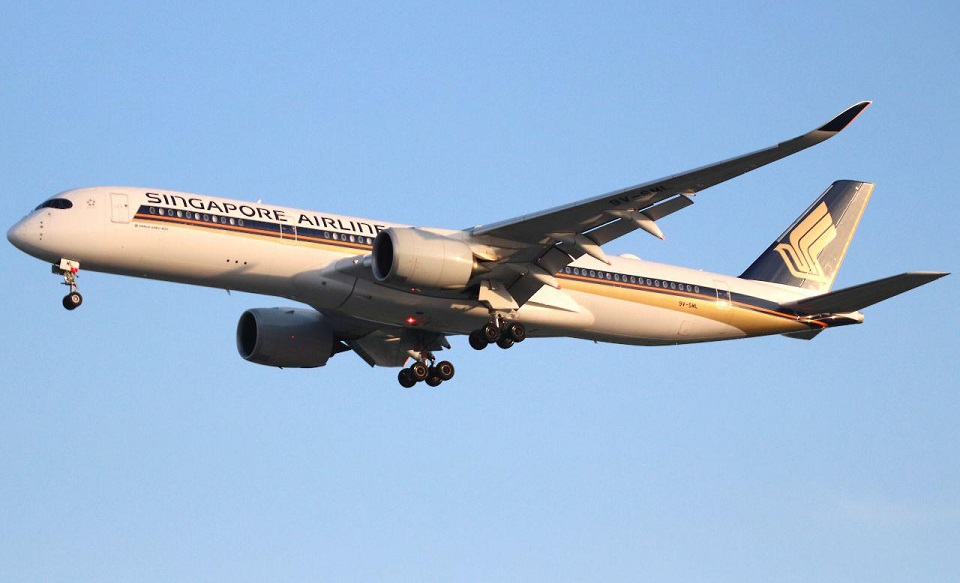
Following a dispute over defective seats during their voyage from India to Australia last year, Singapore Airlines (SIA) has been compelled to pay a sum exceeding S$3,500 to an Indian couple.
The District Consumer Disputes Redressal Commission in Hyderabad ruled in favour of Ravi and Anjali Gupta, who on May 23, 2023, had problems with their business class seats that were meant to automatically recline on their flight from Hyderabad to Australia via Singapore.
Reports from media outlets in India highlighted the discomfort experienced by the couple, who were compelled to endure the entire journey without the benefit of reclining seats, despite having paid a significant amount which cost around 66,750 rupees (S$1,090) for each ticket, lodged a complaint during the flight, expressing their dissatisfaction with the situation.
Singapore Airlines initially offered compensation in the form of 10,000 KrisFlyer miles per person, which was declined by the passengers. As reported by CNA, Singapore Airlines apologised for any difficulty the technical failure may have caused and acknowledged the District Consumer Disputes Redressal Commission of Hyderabad’s ruling.
SIA clarified that while the automatic recline feature on Mr. and Mrs. Gupta’s seats experienced a glitch, the manual recline function remained operational during the flight from Hyderabad to Singapore.
Regrettably, due to a fully occupied flight, SIA staff were unable to arrange alternative seating within the business class cabin. However, the airline asserts that its crew diligently monitored the couple’s comfort throughout the journey, offering to manually adjust the seats as needed.
Airlines
Cathay Pacific asks business class customers to bring their own cutlery
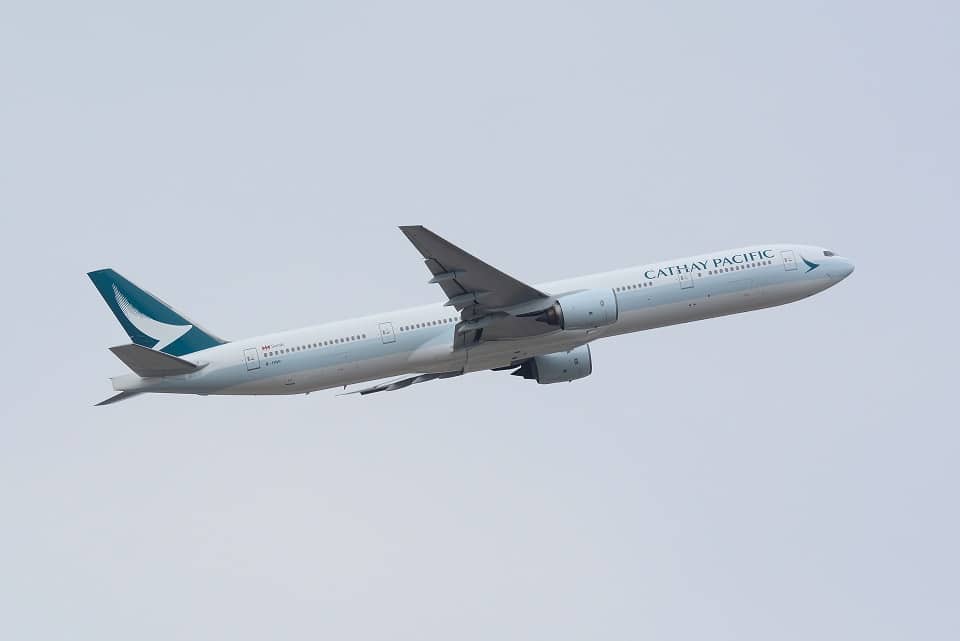
In an innovative move towards sustainability, renowned Hong Kong carrier Cathay Pacific has recently floated an unconventional idea to its business class customers.
Bringing their own cutlery sets onboard. This initiative, revealed through a member survey circulated within the airline’s “Cathay Lab” community – a platform comprising frequent business class travelers – has stirred a wave of curiosity within the aviation industry.
With sustainability becoming an increasing concern in aviation, Cathay Pacific’s survey aimed to gauge passengers‘ willingness to partake in various eco-friendly practices during their journeys.
Among the initiatives presented, including refilling reusable water bottles and recycling plastic, the prospect of bringing personal cutlery garnered significant attention. Some members expressed practical concerns, questioning the feasibility of carrying cutlery through airport security and the potential inconvenience for passengers unaware of regulations.
Others suggested that Cathay Pacific should simply provide reusable cutlery onboard instead. Furthermore, there were suspicions among some respondents that the BYO cutlery proposal might be a precursor to introducing additional charges, with one user humorously envisioning a scenario where the airline lends cutlery sets for a fee.
Despite the skepticism surrounding the proposal, Cathay Pacific’s exploration of innovative sustainability measures reflects a broader industry trend towards environmental consciousness.
Airlines
Air India and IndiGo’s Joint Initiative, Plans for 170 Wide-Body Aircraft

In a bold move that underscores their confidence in India’s burgeoning aviation sector, Air India and IndiGo have revealed ambitious plans to acquire a combined total of up to 170 wide-body aircraft.
This strategic investment marks a significant shift in the country’s aviation landscape, as it brings European aircraft manufacturer Airbus into a domain traditionally dominated by American giant Boeing.
With India positioned as one of the world’s fastest-growing aviation markets, the timing couldn’t be more opportune for such expansion endeavors. The aim is clear: to elevate India’s status as a global aviation hub by enhancing connectivity through direct flights between Indian cities and international destinations.
Currently, a substantial portion of India’s international air traffic relies on overseas hubs, particularly in the Gulf region. IndiGo’s announcement of firm orders for 30 A350-900 aircraft, with an option for an additional 70, signals its commitment to capturing a larger share of the long-haul market.
Meanwhile, Air India’s comprehensive order, unveiled last year, encompasses 70 wide-body planes, including a mix of A350 and Boeing 787 models.
Recognizing the potential for disruption in the long and ultra-long haul segments, aviation consultancy CAPA India has emphasized the pivotal role Indian carriers can play in driving innovation and transformation.
With the current combined fleet size of Indian airlines exceeding 700 aircraft, the stage is set for Air India and IndiGo to spearhead a new era of growth and connectivity in the Indian aviation sector.

